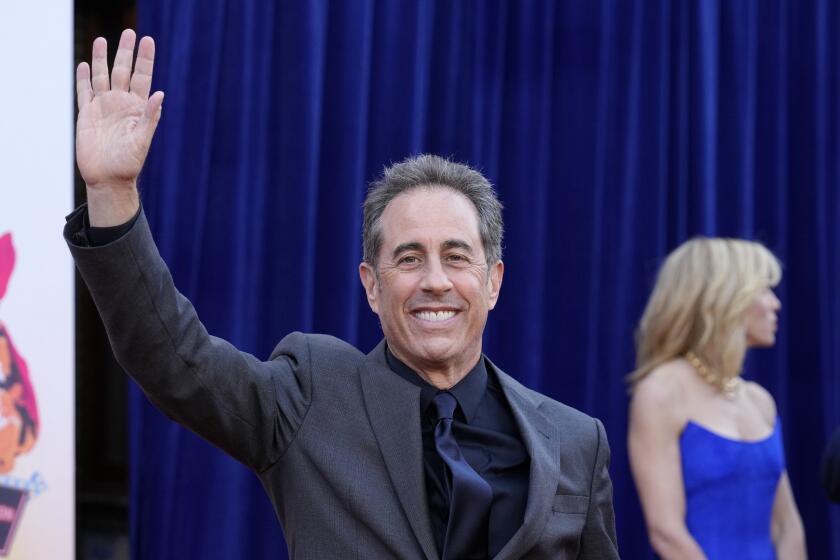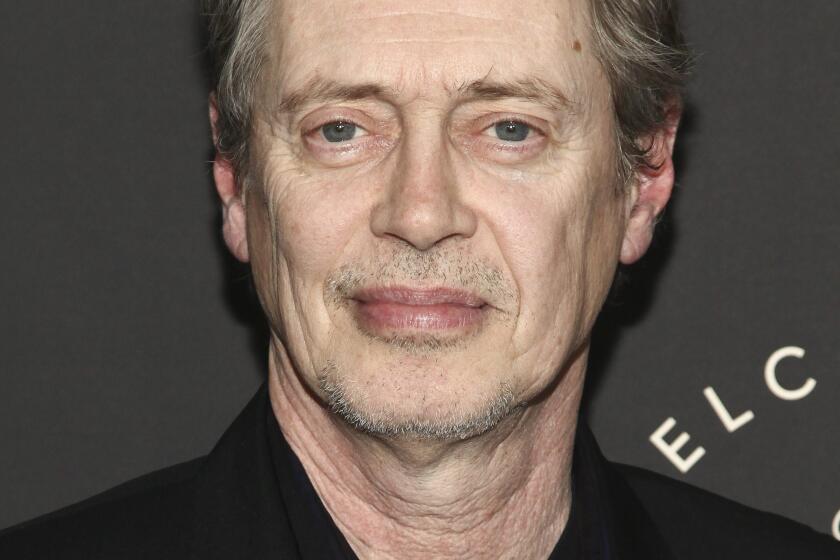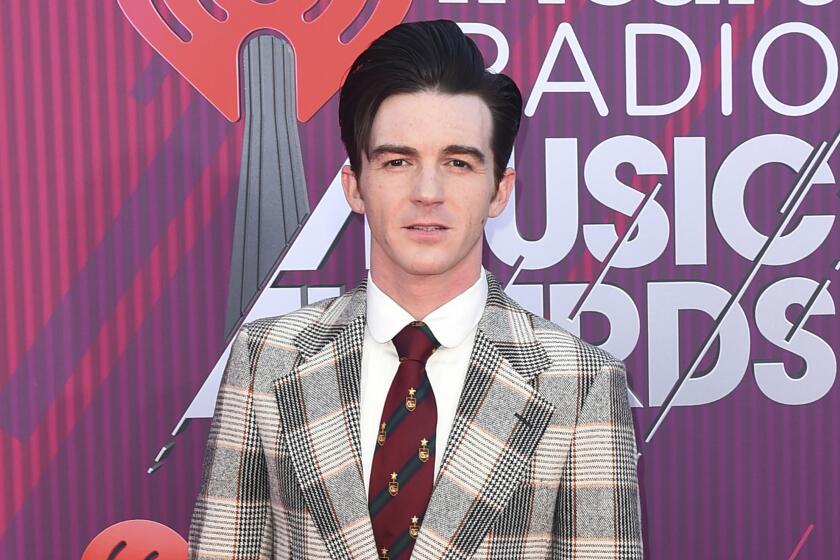‘Coming to Light’ Casts a Softer Image of the Photographer
Myth-busting can be a tricky business. Independent filmmaker Anne Makepeace is only partially successful at it in her provocative new documentary, “Coming to Light: Edward S. Curtis and the North American Indians.” Yet the film about the controversial early 20th century photographer is rewarding nonetheless.
Today at noon you can see this compelling ode to Curtis at the Orange County Museum of Art, in advance of its PBS premiere in April. The museum will show the film in conjunction with its exhibit, “Edward S. Curtis: Sites and Structures.”
For years, critics and scholars have excoriated Curtis for staging many of his portraits of Native Americans, made from about 1905 through the late ‘20s and included in his famous 20-volume ethnographic series, “The North American Indian.”
Their firmly held position is that Curtis was disrespectful to Native American cultures because he frequently photographed his subjects in inauthentic costumes and atypical poses.
In fact, Curtis’ working methods were much like those of a ratings-besotted, unscripted-show producer, tempted to increase the drama of, say, “Temptation Island” or “Survivor” with some pointed edits and well-placed props.
Indeed, some of Curtis’ fierce-looking images have become so well-known they may have helped to perpetuate stereotypes of the “noble savage.”
Makepeace, who is not Native American, has chosen to fly in the face of these opinions.
“Coming to Light” takes the perhaps politically incorrect view that Curtis’ many embellishments, his unnecessary adornments and photographic reenactments, stemmed from his love and concern for his subjects.
The exhibit proposes that Curtis was desperate to capture cultures he felt were dying and, in that sense, preserve them.
To support her positive view, Makepeace interviewed descendants of Curtis’ original subjects. These contemporary Native Americans, glad to have a record of their forebears, speak on camera of Curtis’ good intentions and respect for traditional ways.
Somehow, though, their words are not entirely convincing. They know Curtis was a bit loose with his photographic record of their culture and they say so, although they also speak in praise of Curtis.
*
Narrated by Native American actress Sheila Tousey, with Bill Pullman as the voice of Curtis--”Coming to Light” is nevertheless a good view. It is fast-paced and fact-packed.
But the film walks a fine line among presenting Curtis’ photographs, offering biographical details and being worshipful.
Its dual personas--part critical look, part popular biopic--never blend perfectly.
There is a choppy feel to the juxtaposition of turn-of-the-century, monochrome photographs with contemporary interviews shot in color.
Granted, clashing visuals are a typical problem for documentarians forced to mix present-day talking heads with historical imagery. But the flow of “Coming to Light” feels overly jarring at times.
*
Still, the film serves up information not widely known about Curtis. For example, Curtis’ daughter, Beth, destroyed many of his original glass negatives after his divorce so his ex-wife, Clara, could not profit from them.
Such was Curtis’ embattled life. His marriage and health broken under the strain of making his 20-volume epic, of making 40,000 or so photographs documenting more than 80 tribes.
Given the magnitude of that accomplishment, we can forgive “Coming to Light” for its overdose of admiration.
SHOW TIMES
“Coming to Light: Edward S. Curtis and the North American Indian,” a documentary by Anne Makepeace, Orange County Museum of Art, 850 San Clemente Drive, Newport Beach. Today. Noon. Free. (949) 759-1122. Airs on KCET at 9 p.m. April 27.
More to Read
The biggest entertainment stories
Get our big stories about Hollywood, film, television, music, arts, culture and more right in your inbox as soon as they publish.
You may occasionally receive promotional content from the Los Angeles Times.






